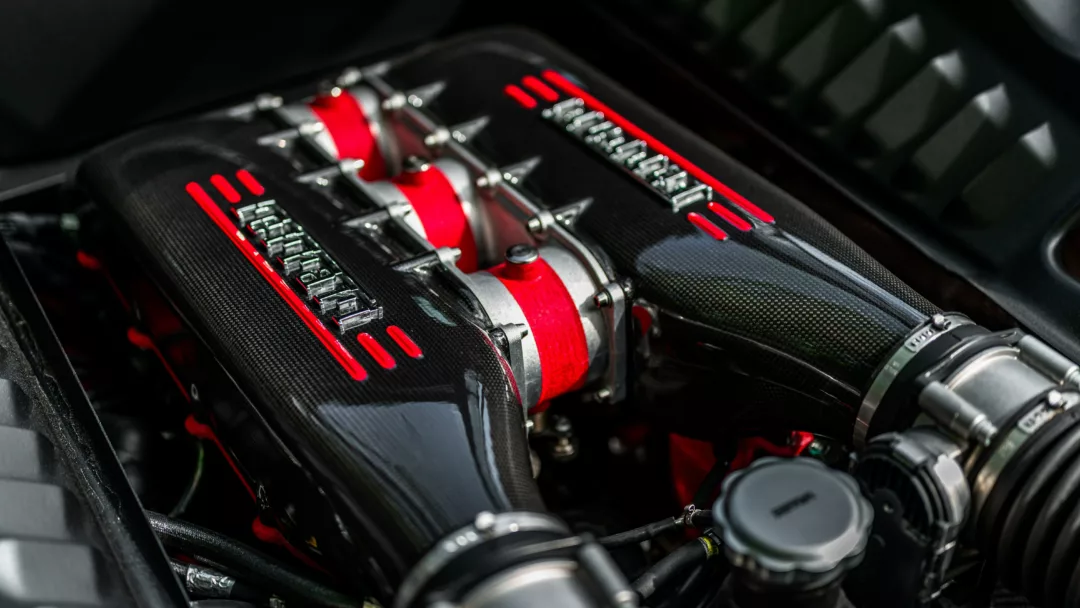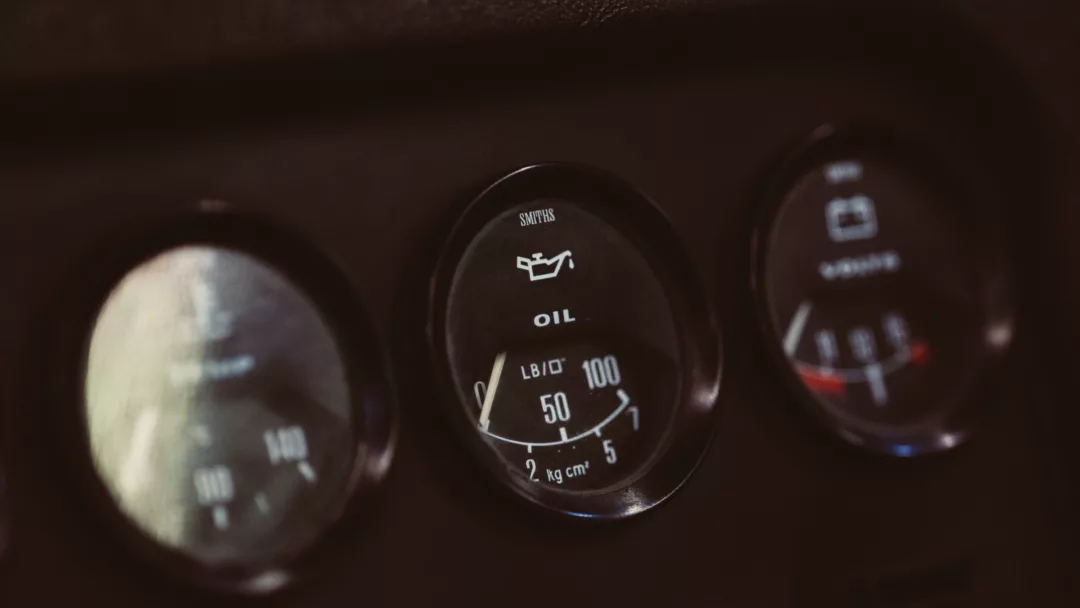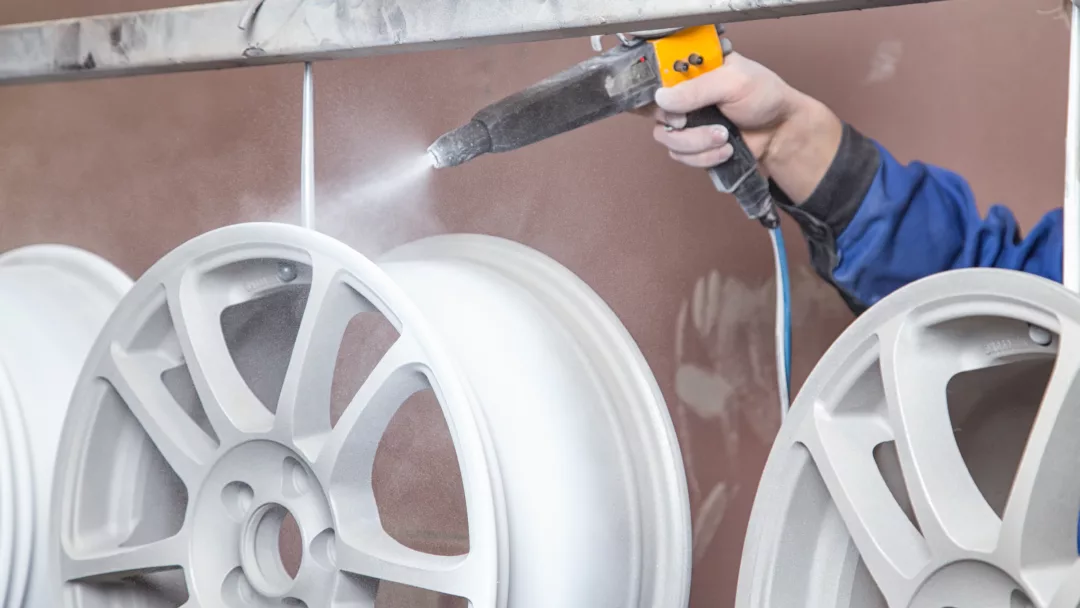Changing your oil might be one of those jobs that you avoid doing for as long as you can. Life’s just busy, right? You might not notice that your oil needs changing until your car has run out and there is a visible problem. That’s not the way to do it. Regular oil changes are vital to keeping your engine in good shape. So how do we know when the time has come to change our oil?
These are our 6 easy ways how to spot if your car needs an oil change.

If your engine sounds funny
The truth is, you know better than anyone what your car usually sounds like. So when you start to hear any knocking or grinding noises, it should be easy for you to hear and know that something doesn’t sound right. If you hear anything like this, it could mean that you’re overdue for an oil change.
Your oil keeps your engine parts lubricated so that they can run smoothly and quietly. If your engine isn’t working as it should, you’ll probably find that the engine noise will increase. If you can hear it increase so much so that there are knocking or rumbling sounds, this most likely means it lacks lubrication, and it’s time to step in.
If you can stay on top of regular oil changes, this will help to reduce the risk of any premature wear on engine parts and could help prevent any unusual engine noises. If you have any doubts or you’re not so sure about whether or not you need an oil change, you can always get a second opinion and get it checked over by another pair of eyes from a mechanic.

Your dashboard light is on
This has to be the most obvious alert to tell you that something is wrong with your car oil and that you need to do something. Your oil change light will come on your dashboard to let you know that your car doesn’t have enough oil in it.
If this happens, now is the time to check your oil dipstick to find out what’s happening. This is your car telling you that your engine is at risk and if you don’t lubricate your engine as soon as possible, you might have a major problem on your hands.
If you see the dripping oil can show up on your dashboard, the best thing you can do is turn your car off and attend to the problem as soon as by changing your oil.

You see a dark and dirty colour oil
When you’re checking your dipstick, if you see that the colour looks a little darker than fresh oil, which is normally a transparent light brown colour, then you’re probably due to an oil change. If it is thick and black, then now is the time to change it.
If you see that you’re oil is looking black, it may contain particulates that can cause gunk to form in the engine, which you don’t want. So long as you check your oil at least once a month, to make sure that it still has enough in there and that it is a slightly translucent colour, you should be fine.
The key thing to remember is when you’re checking your dipstick, wipe it off before putting it back into your oil tank. Then take it out for a second time. If you cannot see the dipstick through the oil, it’s time for an oil change.

You’ve been racking up the miles
If you notice that you’ve been clocking up the miles a lot since your last oil change, this could be a sign that you need to change your oil sooner than you normally would. Every car is different, but most cars generally tend to need an oil change every 3,000 miles.
New vehicles will usually have an oil change every 6,000 miles these days, but it’s always best to double-check your handbook for the specifics if you’re unsure. For example, if it recommends you change your oil every 5,000 miles, do that. Each car might be different with its guidance and that’s ok. You do what your vehicle wants you to do.

Oil smell inside your car
Some smells inside your car are normal, like the air fresheners or the lingering scent of perfume, but the smell of something burning. That’s not normal. If you can smell oil inside your car, this is usually a sign that you might have an oil leak.
If you can smell oil or gas, your car might be overheating and you will want to get some help as soon as you can. When your oil gets dirty and old, it’s not able to continue its job anymore of keeping your engine cool, which then causes a burning smell. If your nose picks this up, it’s time to check your oil to see if it needs changing.
The consistency has changed
The usual signs that your oil might need a change are obvious because you can normally hear it or smell it, but not with this one. You might get yourself a little bit dirty with this one, but it’s important to check it. While you’re having a look at your oil colour, you should check the consistency of it too.
If you take a little bit of oil from the end of your dipstick, you’ll be able to get a sense of what it feels like on your fingers. Does it feel gritty? This means that it should be replaced as it may contain contaminants. Consistency is key and you’ll be surprised at how much your oil can pick up particles of dirt and debris.
Smoot and liquidy oil? This means that you’re probably in the clear and you might not be due for an oil change just yet.
How quickly should you change your oil?
Oil changes can be simple and easy to do. When the time comes for you to change yours, make sure you’ve got the right type of engine oil first of all, and then get it done as soon as you can. Having the right level and quality of oil will do wonders for your car and help to keep your car from ageing prematurely. It will also help to prevent any excess wear and tear too, which could help save on any repairs later down the line.
For a step-by-step guide on how to change your car oil, check out our guide to see how it can be done.


